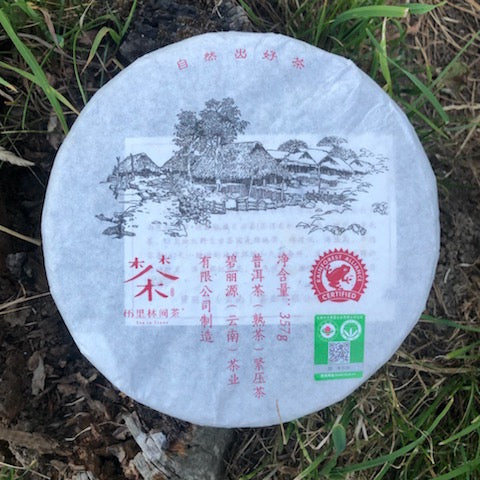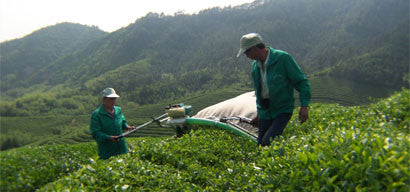Single Estate Teas
Green Tea
Green tea is made when oxidation is stopped in the leaf very soon after plucking.
This leads to a range of flavours from grassy and vegetal to toasty, sweet and umami. After plucking, the leaf is lightly withered, heated to prevent oxidation, rolled and then dried. Tea leaves slowly begin to oxidize as soon as they are plucked, so the ‘kill-green’ heating stage must occur within a couple of hours in order for minimal oxidation to occur. Therefore, unlike other teas, oxidation is not promoted in any way.
Learn more about green tea on our blog
View Green Teas
White Tea
White tea is a lightly oxidized tea produced from the withering and eventual drying of fresh leaves. This leads to delicate and subtle oral, sweet flavours.
After careful plucking, the leaves or leaf buds are withered. This is a complex process involving both outdoor and indoor withering and careful control of the temperature, moisture level and ventilation. The leaves are spread on bamboo racks and are left whole and unbruised to wither for up to three days. Fans can be used to speed up the process. The timing depends on weather conditions, and is critical. During this time oxidation occurs (about 8–15 percent), but is not promoted. Too much oxidation will lead to a brown colour, too much handling causes the leaves to turn red or even black and if they are not dehydrated correctly the finished tea will taste stale or oxidized. After withering, the leaves are sorted according to the desired grade. Broken leaves are often removed.
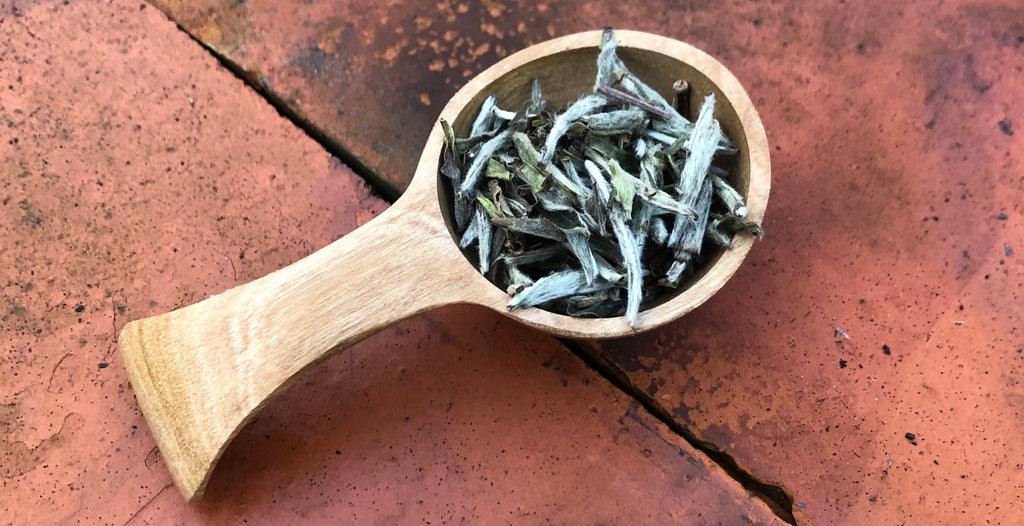
Oolong Tea
Oolong (wulong) teas are those that are partially oxidized. Oxidation in Oolong tea can range from around 15–80 percent, depending on the production method. This helps explain the variations in flavours, which range from light, fruity and sweet to woody, strong and roasty.

Black & 'Fermented' Tea
Black tea is a fully oxidized tea, giving strong, robust, invigorating, sometimes malty teas with higher but varying levels of bitterness.
Once the leaves have been plucked they are withered for anything from 3–20 hours, before being rolled to promote oxidation. They are left until the right level of oxidation is reached, which can take up to 5 hours for Indian-style black teas and up to 12 for Chinese. When this is achieved the leaves are dried to stop the oxidation and stabilize the leaf. The finished leaf is then sorted

Puer & Yellow Tea
There are two types of puer: sheng cha (raw tea) and shu cha (ripe tea). The initial process for both is much the same as that of green tea and creates a type of tea called mao cha. For true puer, large leaves (with var. assamica lineage) grown in Yunnan province must be used. Once the leaves are plucked they are withered briefly and heated by pan ring to ‘kill-green’. During this process the temperature is key, as the function of some enzymes must be maintained to ensure long-term ageing; too high and this will not occur. The leaves are then rolled by machine for the best results before being sun-dried for a couple of hours and then sorted. At this stage they can be sold as a loose-leaf tea or used to create puer or other fermented teas.
Sheng cha is the original style, whose character is created by natural fermentation over time. The more modern style of puer is shu cha, which was introduced in the 1970s to meet a developing demand for puer, but is now considered a category of tea by itself. Shu cha is made by speeding up fermentation to reproduce the flavours and characteristics of sheng cha in a much shorter period. To achieve this it goes through wo dui (heaping) for 1 1⁄2–2 months, greatly speeding up the fermentation before the final compression. The leaves are then sorted before being compressed. Shu cha is also available in loose form.
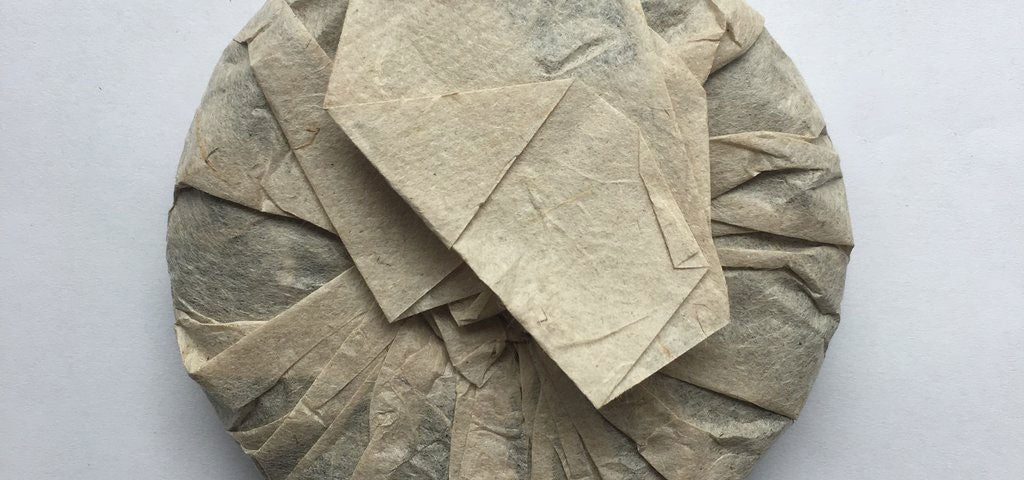
British Teaware

Our exclusive British teaware is designed by us and handmade by quality craftsmen in Britain, setting your tea time apart.
Read more
Tea Gift Sets
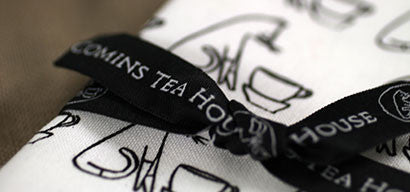
Our beautiful tea gift sets include everything you need, and are perfect for that special present or just as a treat for yourself.


![EXPLORE Green Tea [3 green tea gift box]](http://cominstea.com/cdn/shop/files/FullSizeRender_5989283c-b466-48fc-b925-8e4b2c546ae7_large.heic?v=1700753757)
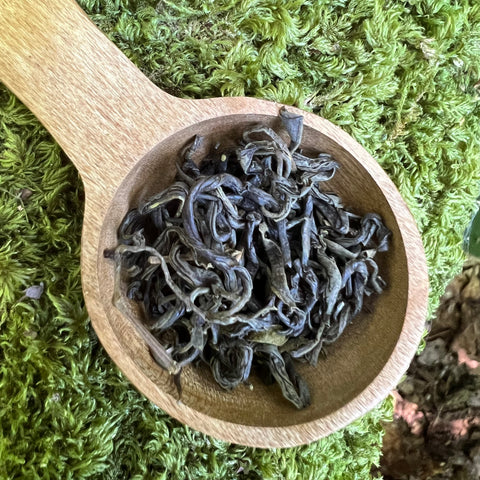
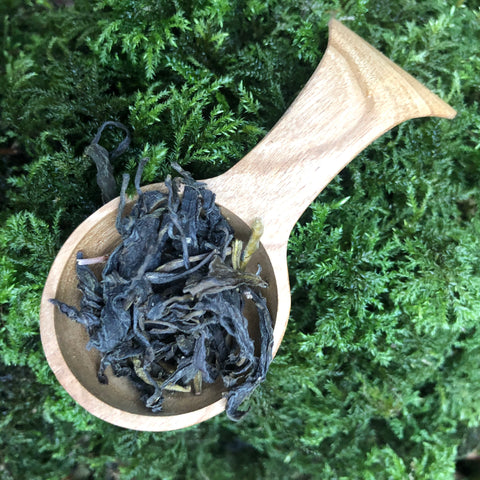

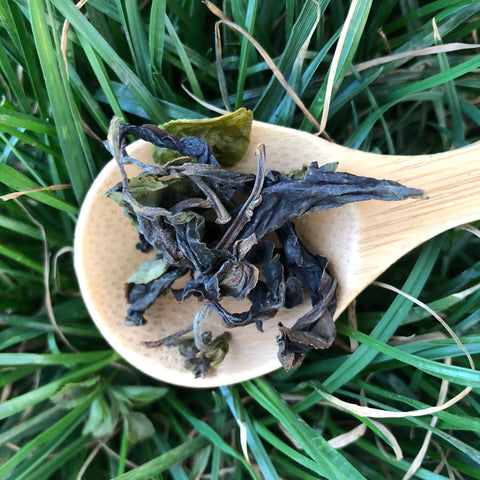
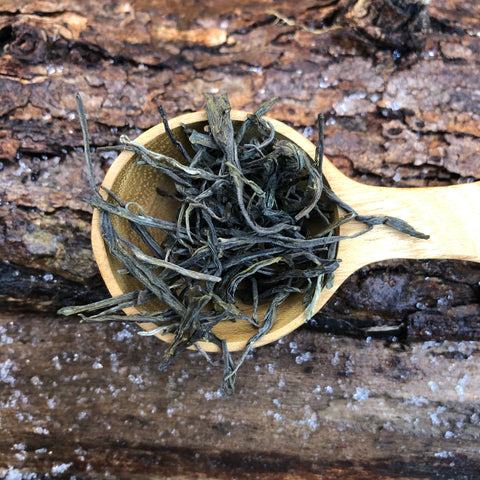
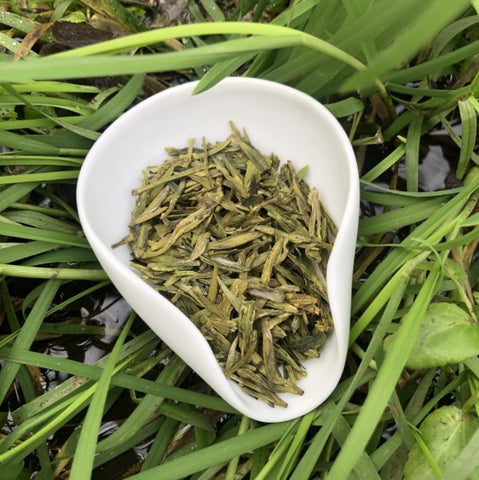
![2023 Tian Mu QingDing Tea [ShanLi Renjia Farm]](http://cominstea.com/cdn/shop/files/FullSizeRender_30e8c278-184b-4798-ac63-b027609d252b_large.heic?v=1708945443)

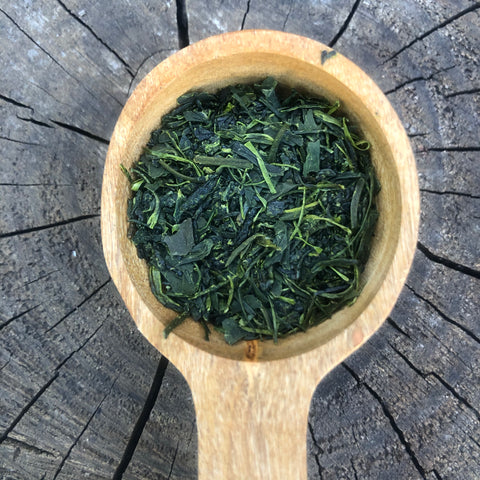
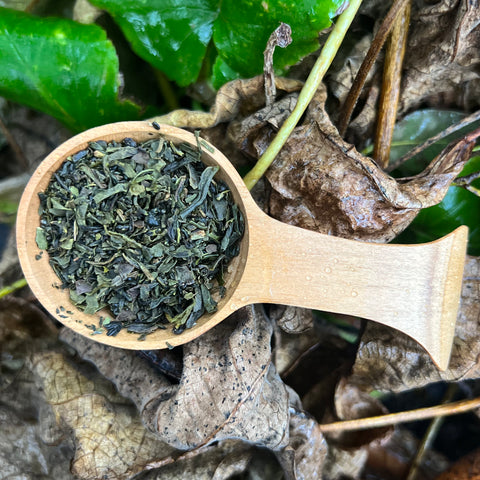

![Gyokuro : Superior Grade [blended]](http://cominstea.com/cdn/shop/products/image_92f366d3-316c-41b7-bd2a-2836b1727b82_large.jpg?v=1609780469)
![Yuta's 2023 Gyokuro [Gokou/Ujimidori]](http://cominstea.com/cdn/shop/files/4C8DE1FB-3FE2-4C6F-84B2-614D1E622390_large.jpg?v=1692857943)
![Mr Sakamoto's Gyokuro [Okumidori]](http://cominstea.com/cdn/shop/products/image_f383fd67-2861-4742-a3e0-1f9750bd4805_large.jpg?v=1609862583)
![Mr Sakamoto's Gyokuro [Saemidori]](http://cominstea.com/cdn/shop/products/image_acf5a0d5-7932-4229-8620-43fb70263641_large.jpg?v=1609512279)
![Mr Sakamoto's 2023 Powdered Gyokuro [Saemidori]](http://cominstea.com/cdn/shop/products/POWDEREDGYOKURO_large.jpg?v=1586422301)
![Tokuya’s 2023 Kabusecha Tea [Yabukita cultivar]](http://cominstea.com/cdn/shop/files/7456B1F4-0E42-46C0-BFBA-AF4DF13B42C2_large.jpg?v=1692689453)
![Tokuya’s 2023 Kabusecha Tea [Gokou cultivar]](http://cominstea.com/cdn/shop/files/FA33151A-2426-422C-915F-A7EA655545EA_large.jpg?v=1692688148)

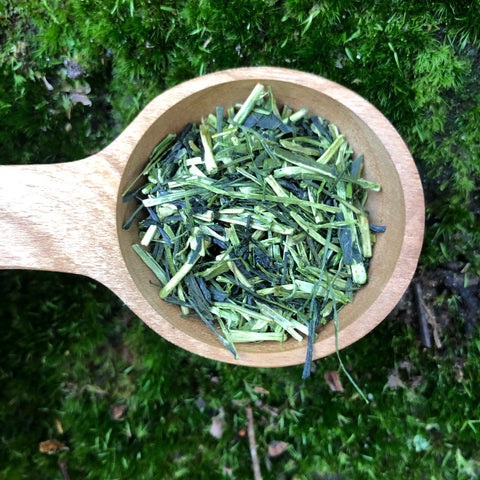
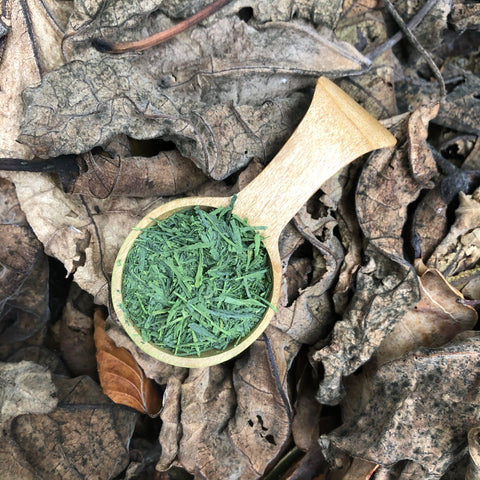
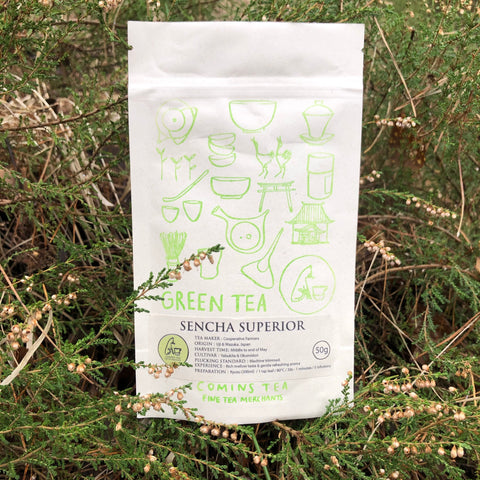
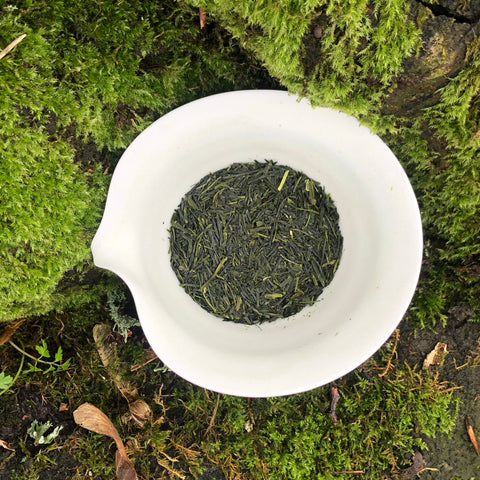
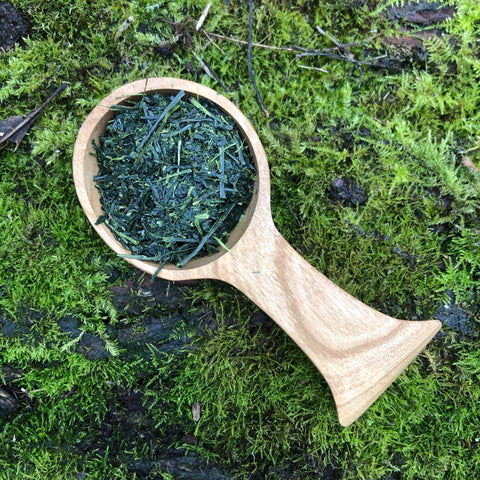
![Tokuya’s Houjicha Tea [Sayamakaori cultivar]](http://cominstea.com/cdn/shop/files/D001DBC6-41A3-44DB-983F-7F79CDC4A6A0_large.jpg?v=1692686965)
![Mr Irie's Houjicha [Yabukita, Kanaya Midori]](http://cominstea.com/cdn/shop/products/image_6c5db3f2-415d-4f42-8d45-462448c36061_large.jpg?v=1609597320)
![Houjicha [Uji]](http://cominstea.com/cdn/shop/products/image_a7e1b411-ec29-4687-8443-549c9eea573f_large.jpg?v=1609597659)
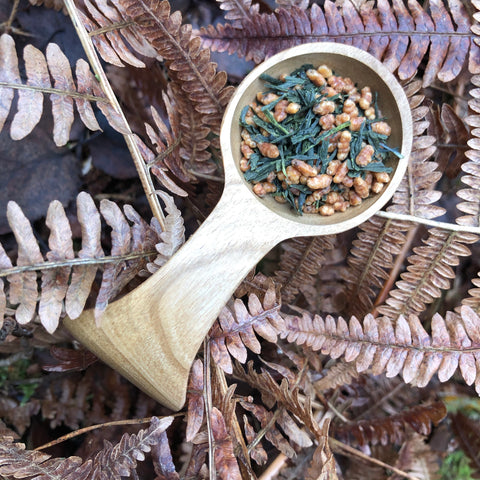
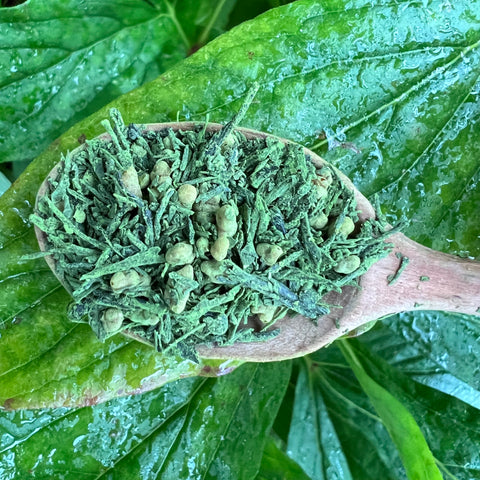
![Matcha Superior [Blended]](http://cominstea.com/cdn/shop/products/image_c7c61d8f-35cd-4f3a-89dd-112cd4a4aa7d_large.jpg?v=1610558086)
![High Grade Yame Matcha [JAS Organic] Nishi cha en / Koga San](http://cominstea.com/cdn/shop/products/image_3b8fe832-3df6-4817-a584-d3342038270e_large.jpg?v=1612537869)
![Premium Grade Yame Matcha [JAS Organic] Nishi cha en / Koga San](http://cominstea.com/cdn/shop/products/image_816acaf0-23d5-4734-868b-ecfd8faf8b3c_large.jpg?v=1612533062)
![EXPLORE White Tea [3 white tea gift box]](http://cominstea.com/cdn/shop/files/0E302AE5-D5EA-4906-BD2F-3D4AEAED8BDC_large.heic?v=1700754100)

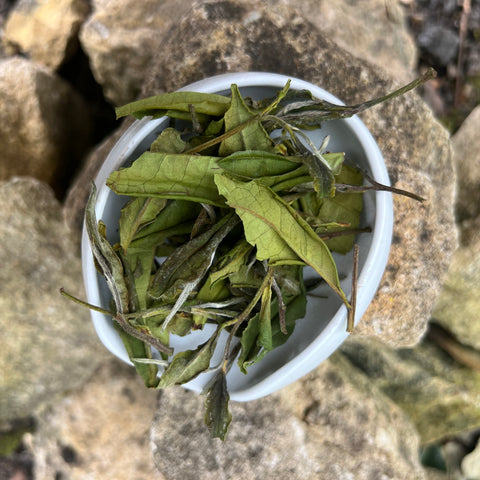

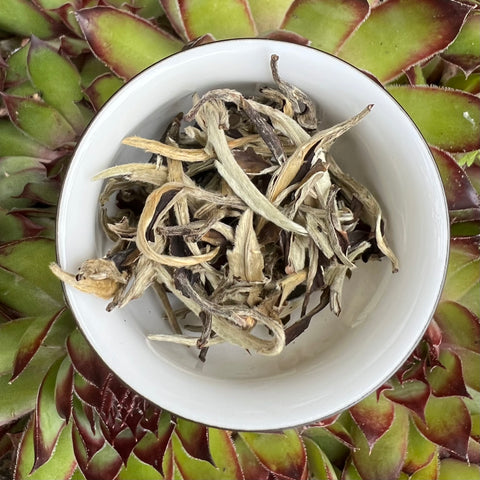
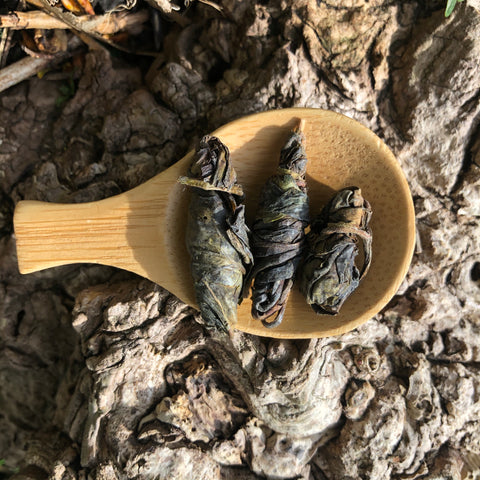
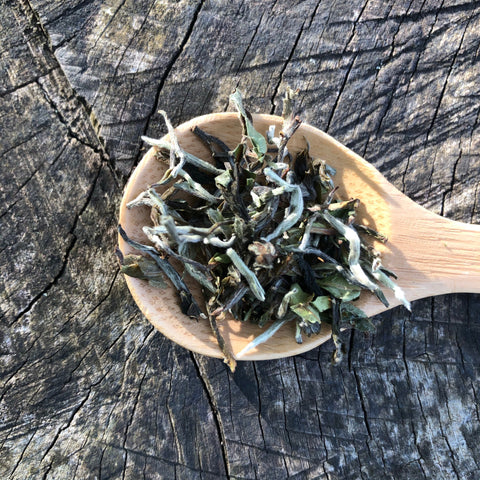

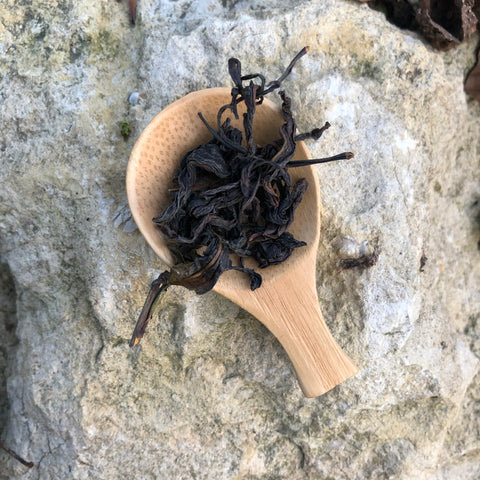
![EXPLORE Oolong Tea [3 oolong tea gift box]](http://cominstea.com/cdn/shop/files/D3A564FC-1B9A-4E04-9F94-559B47A66C36_large.heic?v=1700753872)
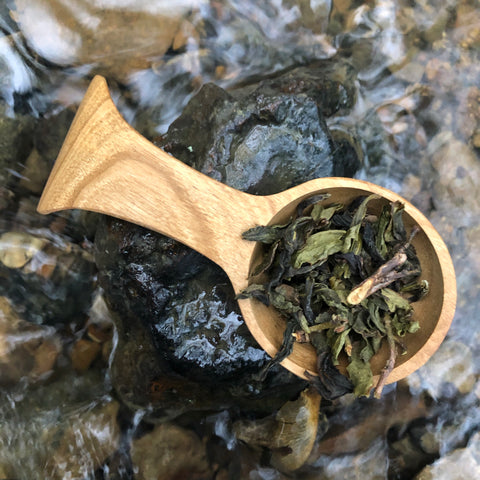
![2023 Spring Four Seasons [Si Ji Chun]](http://cominstea.com/cdn/shop/files/FullSizeRender_133f0bd5-7e93-4cab-b9b2-7b7c6bbdfddb_large.heic?v=1694630112)
![Autumn High Mountain Jade Oolong [Qing Xin]](http://cominstea.com/cdn/shop/products/image_38329641-8026-4603-8702-f50f35516272_large.jpg?v=1646032992)
![Autumn 2022 Oriental Beauty Oolong Tea [3rd Plum Grade]](http://cominstea.com/cdn/shop/products/image_6ad06e76-e21b-496c-8b9a-d9d11807a219_large.jpg?v=1610036257)
![Yunnan 2023 High Mountain Eastern Beauty Oolong [Yunnan, China]](http://cominstea.com/cdn/shop/products/image_0b786762-6f78-4928-a64b-111371d1750e_large.jpg?v=1623788084)


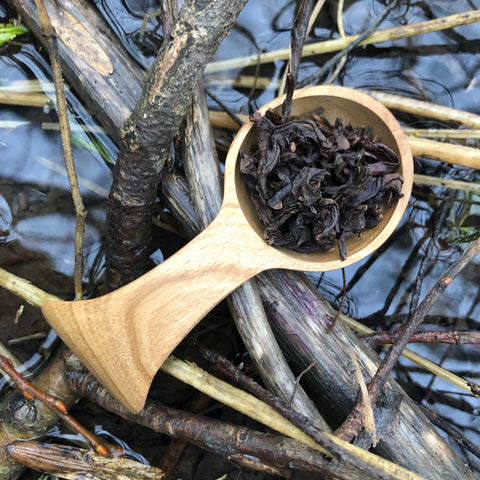
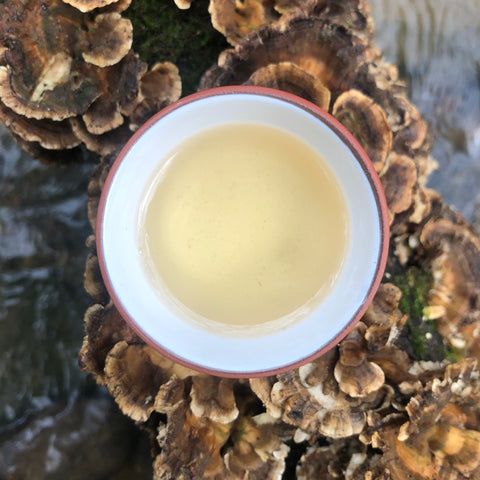

![Tie Guan Yin [Qing Xiang 清香 (light or green)] Oolong Tea](http://cominstea.com/cdn/shop/products/image_3ce2a011-c6f8-4476-ab65-8a70692123a3_large.jpg?v=1610036337)
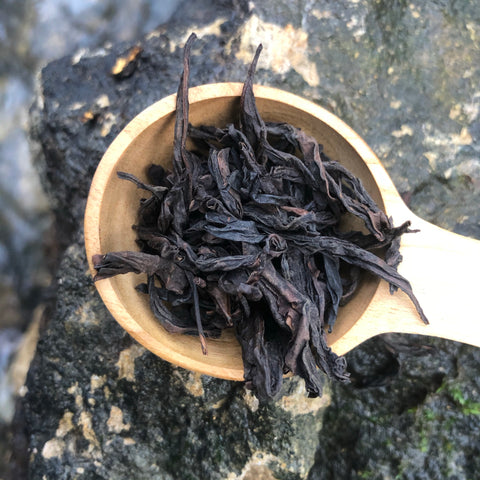


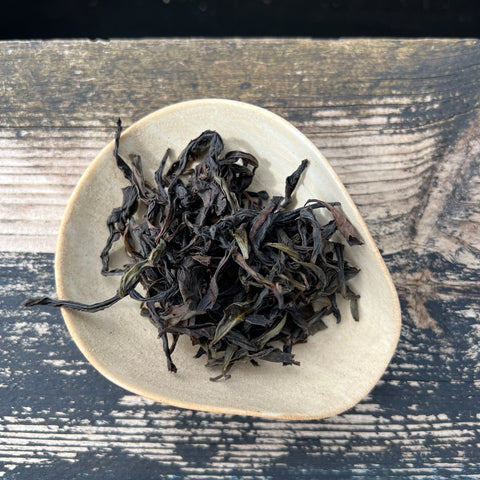
![Jiayinglong Laocong Shui Xian [60 year old trees]](http://cominstea.com/cdn/shop/files/FullSizeRender_a3dc77f8-6e7a-49b2-a1bd-9492d963a64e_large.heic?v=1712237670)
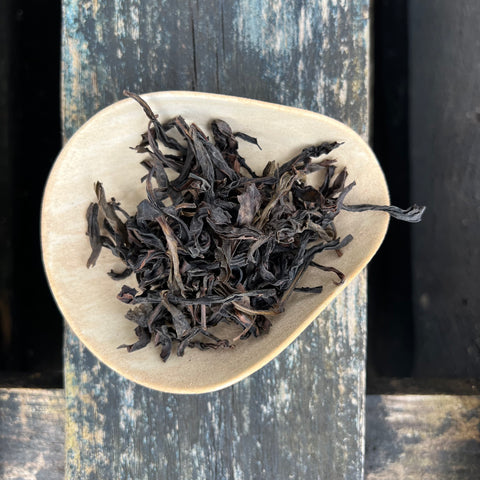
![EXPLORE Black Tea [3 tea gift box]](http://cominstea.com/cdn/shop/files/335994DE-05DF-483B-844A-5602BA9DC729_large.heic?v=1700753987)
![Buddhika's Wild Tea Rod [Bag of 8]](http://cominstea.com/cdn/shop/files/E225A8C0-3F7B-40F5-BE11-135D42961FBC_large.heic?v=1702204796)

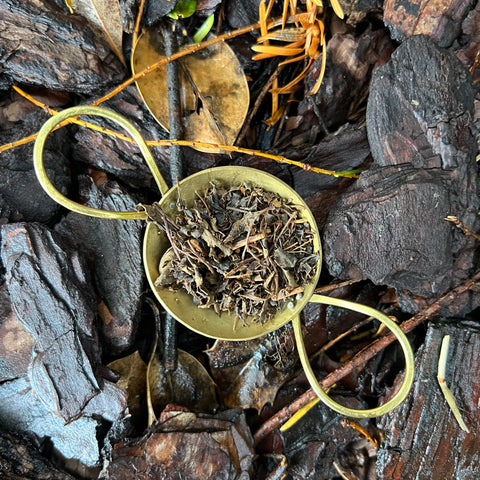
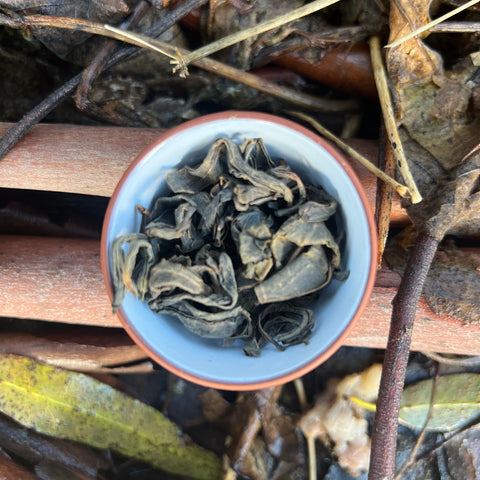
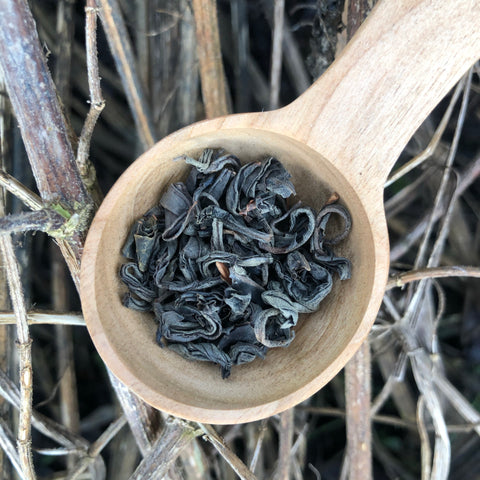
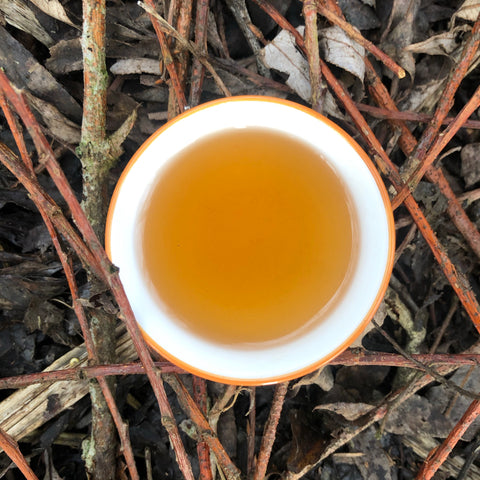
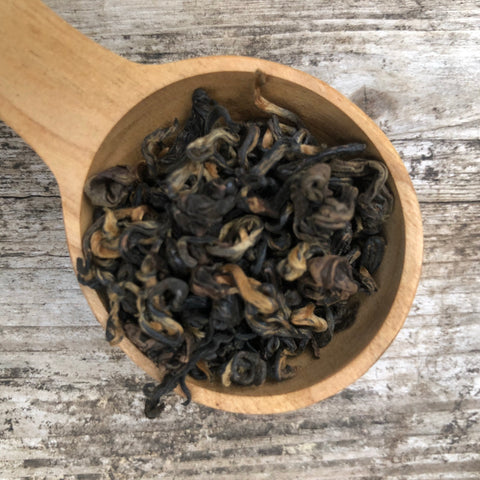


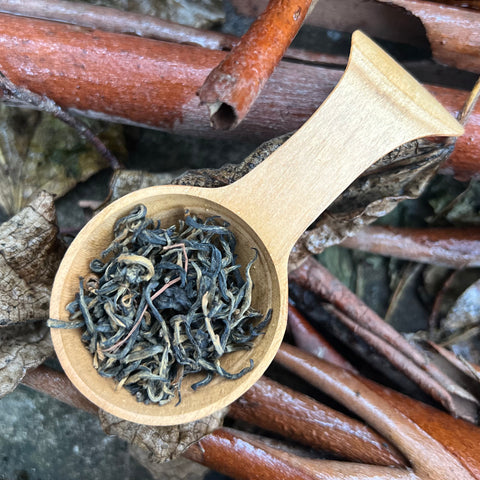
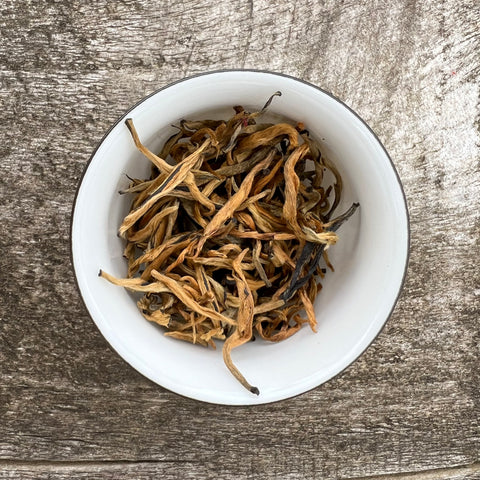
![Mr Xu's Yunnan Golden Needles [Dian Hong]](http://cominstea.com/cdn/shop/products/image_f8a7594c-1bac-4755-9491-5046c2a18ba2_large.jpg?v=1610557772)
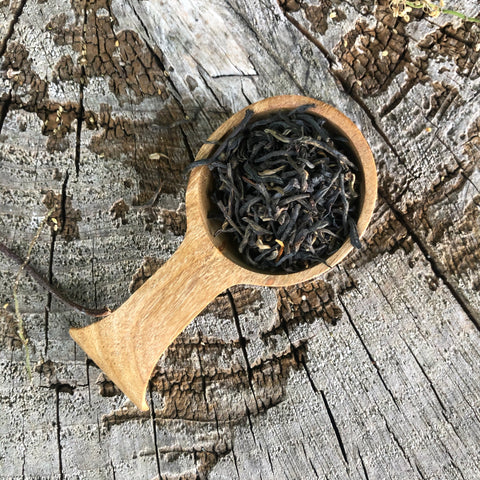

![2023 Taiwan Sanxia Black Tea [Qing Xin Gan Zhi]](http://cominstea.com/cdn/shop/products/image_50797313_large.jpg?v=1682349132)
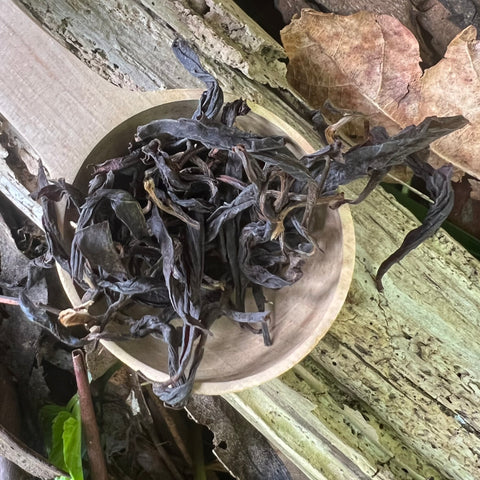
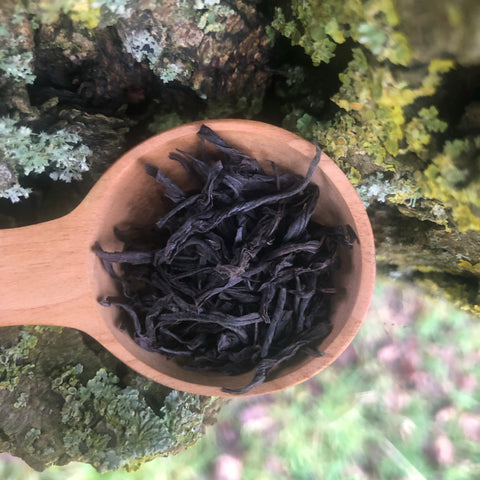

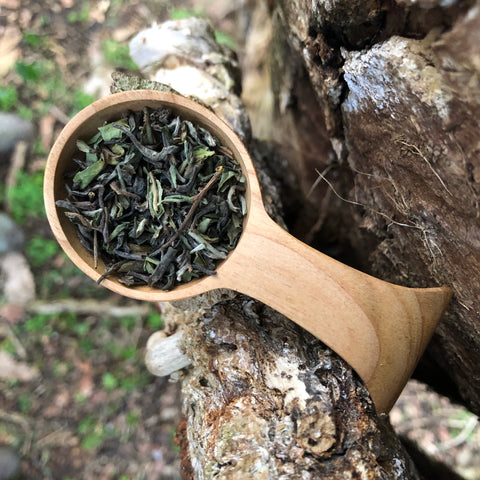
![Premium 2023 First Flush Darjeeling [Bungkulung Busty, Mirik, W Bengal]](http://cominstea.com/cdn/shop/files/765DC91A-C1AE-4E0F-A895-8C01E64C4910_large.jpg?v=1692699887)
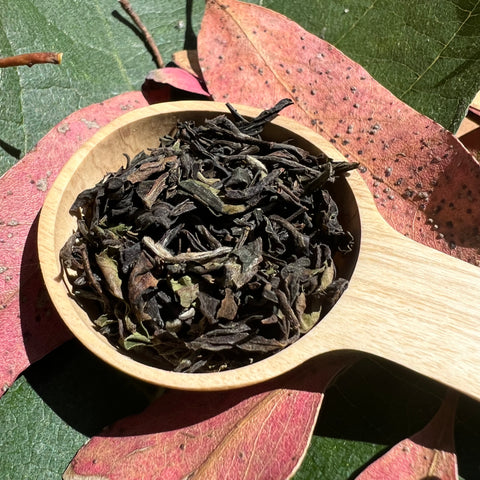
![Second Flush Darjeeling Tea [Niroulas Tea Cooperative]](http://cominstea.com/cdn/shop/products/image_a0d03358-4deb-407a-9d97-a8aa01e93aec_large.jpg?v=1610808306)
![Lightly Smoked Malawian Black Tea [Satemwa Thyolo Moto – Guava OP1]](http://cominstea.com/cdn/shop/products/image_d0a2e011-5a62-404f-844d-4ab883a62cba_large.jpg?v=1632140558)
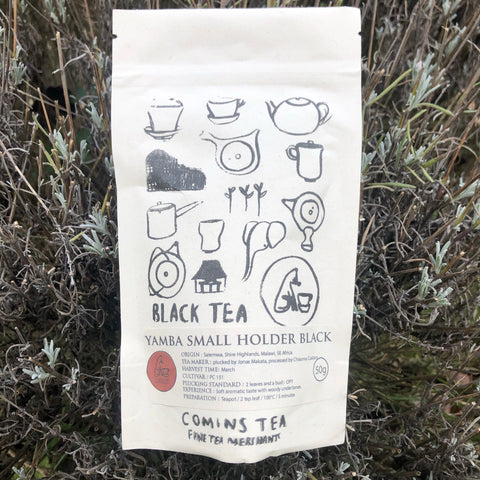
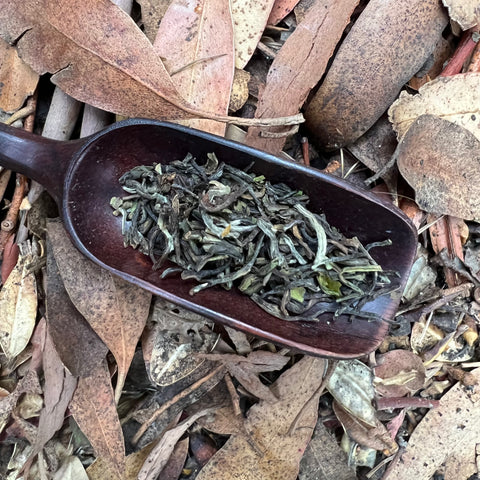

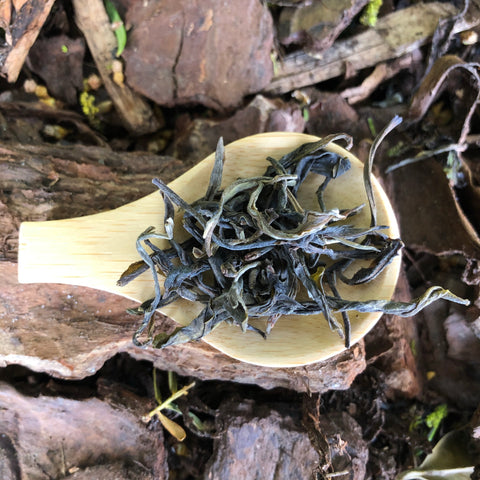
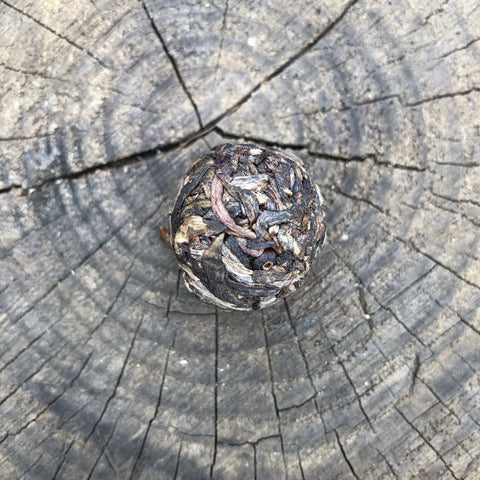


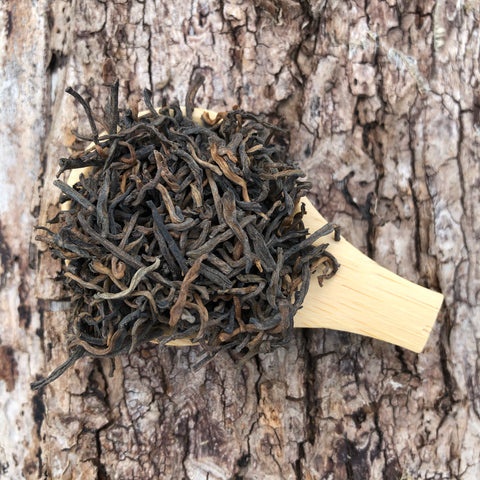
![2015 Shu Puer 8g Ball [pressed 2017] : A Bai La co-operative Jingmai mountain](http://cominstea.com/cdn/shop/products/image_0c42dcb6-7b8c-4ba8-90eb-95591c84a8b0_large.jpg?v=1620235390)
